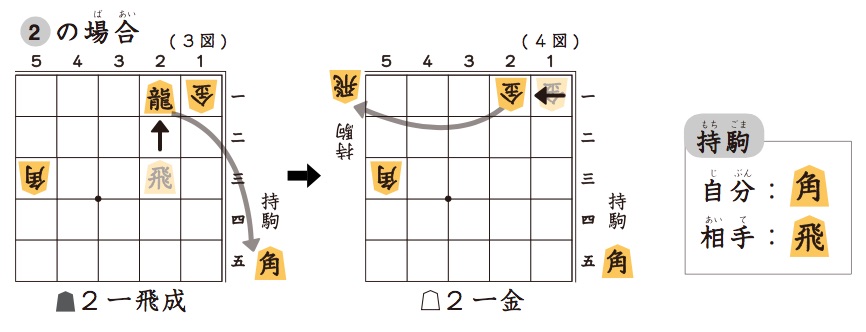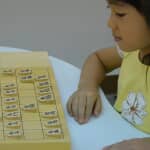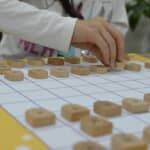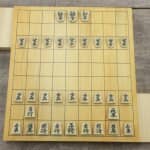Shogi 7 January 2018
Shogi Rules – How to Play Shogi – : Step 3-4 Capture a Piece Effectively
A professional Shogi player invites you to the world of Shogi along with traditional Japanese culture. In this series, there are three steps and each step has around 10 lessons. Even though you don’t know about Shogi, through these three steps you will get knowledge to enjoy it.
*Please note that the Kanji numbers in pictures are spelled in English in the text.
The following Shogi boards have a face with files (vertical rows) numbered 1 through 9 from right to left, and ranks (horizontal rows) designated with Kanji characters, “一” (One) to “九” (Nine), from top to bottom. On the other hand, in the text, each Kanji character is replaced with an alphabet, from “a” to “i” : “一” with “a”, “二” with “b”, … and “九” with ”i”.
Step 3-4: Capture a Piece Effectively
When your opponent’s piece is placed on the square which you can move to, you may capture the piece. The captured piece becomes yours as your reusable hand piece.
Capturing a piece isn’t always worth doing. In this lesson, you are going to learn how to capture a piece for free and how to capture a highly valued piece. Making the most use of a capturing chance, try to get a good deal!
Capturing a piece for free means that the piece you captured won’t be taken back by your opponent.
Look at the below picture. There are two pieces of Kaku (Bishop):
- Kaku (Bishop) on the square of 5三 (or 5c)
- Kaku (Bishop) on the square of 2一 (or 2a)
Which piece you should capture to make this for free?

1:
As shown in the picture below, capturing Kaku (Bishop) on the square of 5三 (or 5c) won’t lead to Hisha (Rook) being captured. You can get Kaku (Bishop) for free, adding one piece to your hand pieces and your opponent will lose one pieces. You will get an advantage from this capturing.
As shown in the picture below, capturing Kaku (Bishop) on the square of 5三 (or 5c) won’t lead to Hisha (Rook) being captured. You can get Kaku (Bishop) for free, adding one piece to your hand pieces and your opponent will lose one pieces. You will get an advantage from this capturing.

2:
Next, look at the picture below. If you take Kaku (Bishop) on the square of 2一 (or 2a) with Hisha (Rook), it is going to be captured by Kin (Gold). You will add one piece, Kaku (Bishop), to your hand pieces, and your opponent will gain Hisha (Rook). You will gain one and lose one. This isn’t free.

In the situation above, you should capture Kaku (Bishop), because it has higher value than Fu (Pawn).
Shogi games are not ones that you can win all at once. Repeating capturing and being captured, you need to gain an advantage over your opponent little by little. Capturing many pieces doesn’t assure you that you will win a game. It could be one of a charm that you will find in Shogi.

After Today’s Lesson
I noticed recently that my daughters have been into just capturing pieces. They seem to be really happy to collect pieces and set them on a piece stand. As to Shogi, it’s not true that the more you have hand pieces, the more easily you will win a game. Being occupied with capturing pieces, they supposedly don’t have room for evaluating piece values, or considering effective use of pieces. The aim of Shogi game is to capture your opponent’s Gyoku, and not to collect pieces as many as possible. Instead of telling this to them, I decided to think they have room to grow.
Next Step
The learning objective for the next step is to learn how to exchange pieces.



